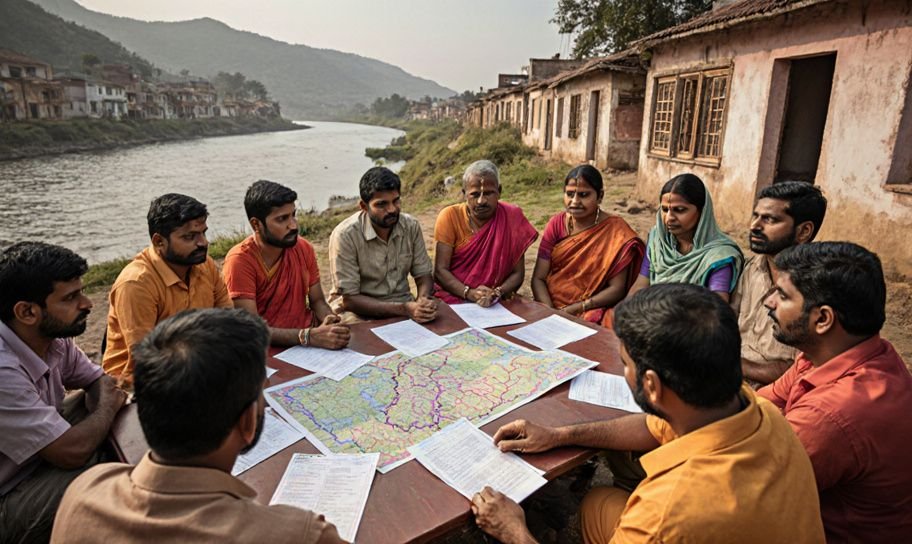
Quick Summary: The Bombay High Court handled several requests from people questioning how the areas for local elections in Maharashtra were drawn. The court stressed that its ability to change such decisions is very limited, focusing more on whether the right steps were followed rather than whether the decisions were good or bad.
Local elections in Maharashtra have been delayed, leading the Supreme Court to tell the State Election Commission to speed things up. The main issue here was how the boundaries for voting areas were drawn, which decides how regions are split for elections.
The court talked about its power under Article 226 of the Constitution, which is quite limited when it comes to election issues. The Constitution only allows interference in the drawing of boundaries if there are clear mistakes in the process.
"If the election is about to happen or already happening, the Court should not step in to stop it."
People like Yadav Ramchandra Thombre complained about certain villages being added or removed from voting areas. They argued these changes were random and influenced by politics.
The court checked to see if the right steps were followed, like asking for objections and holding meetings. It found that the authorities followed the rules set in the government order dated June 12, 2025, using the 2011 Census as a guide.
The court noted that as long as the rules were followed, it wouldn't change the decisions on drawing boundaries. This included keeping population numbers balanced and respecting natural borders.
"The petitioners have not shown enough reason for this Court to go against the Constitutional rules and get involved in this matter."
In the end, the court turned down the requests, emphasizing the importance of following the correct steps over individual complaints in election matters. This decision supports the Supreme Court's focus on holding elections without delay.
This case shows the court's role in making sure the right steps are followed in election processes while respecting the limits on its power to get involved in boundary drawing and area decisions.